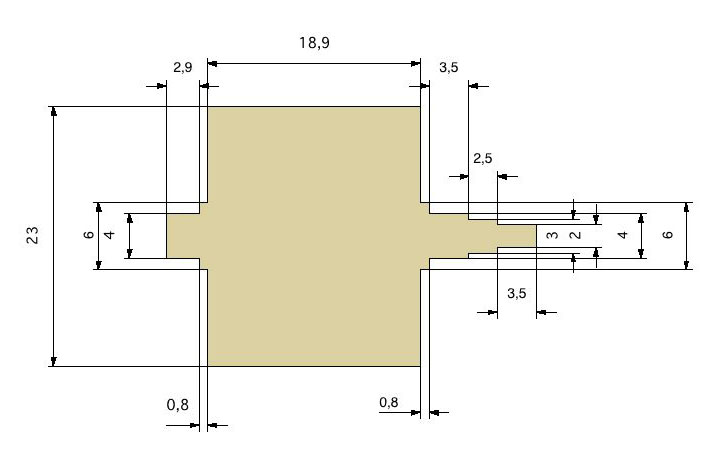Dan Rowe
Well-Known Member
- Joined
- Feb 12, 2010
- Messages
- 594
- Reaction score
- 18
Hauk,
The simple way with a 4-jaw chuck is to use 2 keys. This way you can adjust the jaw pairs to get the work to run true. I had to make a special long key for my mini lathe to clear the motor.
I know this has been posted on the forum several times but it really is a lot faster than a single key because the work is always clamped and you split the indicator reading with each set of jaws.
Dan
The simple way with a 4-jaw chuck is to use 2 keys. This way you can adjust the jaw pairs to get the work to run true. I had to make a special long key for my mini lathe to clear the motor.
I know this has been posted on the forum several times but it really is a lot faster than a single key because the work is always clamped and you split the indicator reading with each set of jaws.
Dan








































![DreamPlan Home Design and Landscaping Software Free for Windows [PC Download]](https://m.media-amazon.com/images/I/51kvZH2dVLL._SL500_.jpg)





















